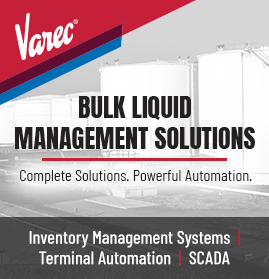To address the new Emission Control Areas (ECAs) sulphur limitations, LBC’s Antwerp terminal has recently added extra storage capacity allowing bunker operators to meet new sulphur oxides limitations, set to be introduced on 1 January 2015.
The terminal has announced that it is able to provide an additional 35,000 cbm capacity for storage of distillates and heavy fuel oil.
ECAs are sea areas in which stricter controls have been established to minimise airborne emissions (SOx, NOx, ODS, VOC) from ships as defined by Annex VI of the 1997 MARPOL Protocol which originally came into effect in May 2005, and which are set to implement new regulations as a part of a phased approach over the coming years, with the next phase due for implementation at the beginning of 2015.
This newly released capacity comprises six mild steel tanks ranging in size from 5,000 to 6,000 cbm. Significantly, this ISO 9001:2008, ISO 14001:2004 and CDI-T accredited terminal will leverage the site’s existing comprehensive infrastructure, which caters for the transport of products by water, road and rail, offering customers complete logistical flexibility.
All the tanks benefit from dedicated product lines connected to a 568m quay that is capable of serving two sea-going vessels and two barges simultaneously, on a 24/7 basis. With an average occupancy below 20 percent, the barge jetty allocated to bunkers is ideally placed to allow reliable and cost effective bunker operations with the added benefit of optional blending and/or product treatments, should these be required, and a high level of reactivity and flexibility with two site-based surveying companies and an in-house Customs service. Equally, LBC Antwerp is permitted to receive slops and waste waters to maximise barge availabilities and reduce cost of operations.









